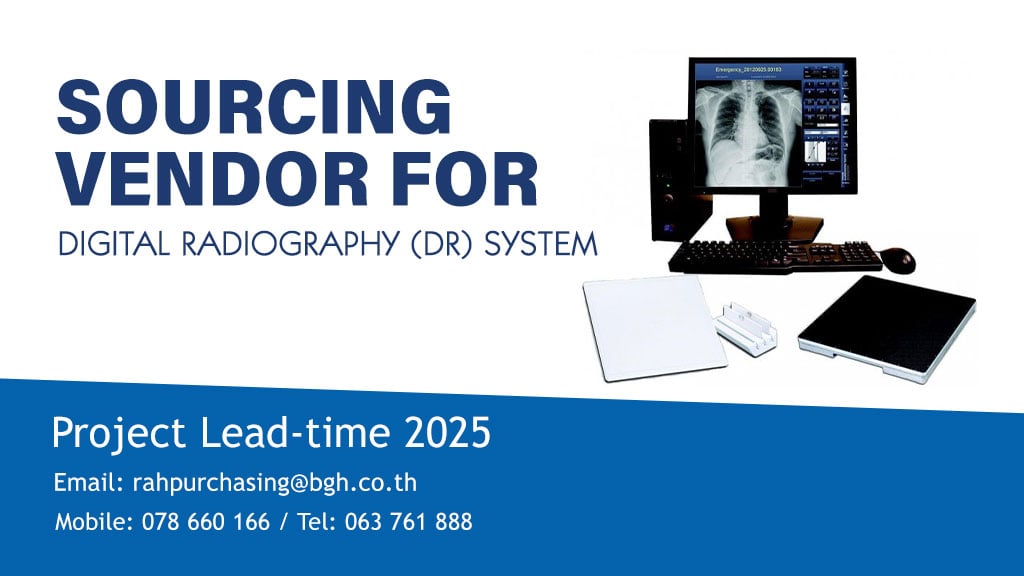Early Detection Of Peripheral Arterial Disease (PAD)
Blood vessel occlusion or blockage can potentially lead to serious health problems, such as cardiovascular disease, neurovascular disease, hypertension and peripheral arterial disease (PAD). These vascular problems often result in life-threatening conditions, especially if early detection cannot be applied in time. Pulse volume recoding (PVR), an advanced non-invasive peripheral vascular diagnostic system helps to detect blood vessel blockage or plaque buildup that puts a person at risk of developing peripheral arterial diseases, allowing effective and timely treatments before conditions progress.
Peripheral Arterial Disease (PAD)
Peripheral arterial disease or PAD is a common circulatory problem in which narrowed arteries reduce blood flow to the limbs e.g. legs and arms. PAD is often caused by atherosclerosis, defined as fatty deposits or plaques build up on the artery walls and reduce blood flow. Even though atherosclerosis is usually referred to the cardiovascular disease, the disease can affect arteries throughout your body. When it occurs in the arteries supplying blood to the limbs, it causes peripheral artery disease. The severity of PAD varies widely, from mild discomfort to debilitating pain, depending on the occlusive degrees.
Peripheral artery disease signs and symptoms include leg pain or cramping in the legs triggered by activity such as walking. The location of the pain depends on the location of the clogged or narrowed artery. Calf pain is the most common location. People might start to have leg pain while walking (claudication) which disappears after a few minutes of rest. If PAD progresses, pain may even occur when resting. Advanced PAD can cause chronic wounds on the toes, feet or legs which do not heal due to impaired blood circulation caused from narrowed arteries in the affected areas. The narrowing or blockage of arteries are often induced by uncontrolled diabetes, chronic kidney disease and lipid buildups in the vessel walls.
Diagnosis of PAD usually involves Ankle-Brachial Index (ABI). This common test compares the blood pressure in the ankle with the blood pressure in the arm. To get a blood pressure reading, the doctor uses a regular blood pressure cuff and a special ultrasound device to evaluate blood pressure and flow. Due to the advancement in vascular diagnostic technology, Pulse volume recoding (PVR) is an advanced non-invasive peripheral vascular diagnostic system that helps to detect hardening or clogging arteries as well as identify blood vessel blockage which is a major contributing factor to develop vascular diseases. Peripheral Arterial Disease (PAD) enables the vascular problems to be caught at the earliest stage, resulting in effective and timely treatments before conditions progress.
Who Gets Benefits From Peripheral Arterial Disease (PAD)
- Patients with underlying conditions, including cardiovascular disease, diabetes, dyslipidemia, hypercholesterolemia and kidney disease
- Patients with underlying conditions, including cardiovascular disease, diabetes, dyslipidemia, hypercholesterolemia and kidney disease
- People who have Ankle-Brachial Index (ABI) less than or equal to 0.9
- Smokers
- The elderly aged over 70
- People who have calf pain or muscle pain
- People who have wounds on the toe or foot or people with foot deformity that is prone to cause wound
- Patients with diabetic foot or other forms of chronic wounds
- Chronic kidney patients who develop cold hand or pain after undergoing AVF (Arteriovenous fistula) or AVG (Arteriovenous graft) for kidney dialysis
- Patients with chronic kidney disease
- Anyone who is aware of vascular disease even without abnormal symptoms
Peripheral Arterial Disease (PAD) And Vascular Screening
Peripheral Arterial Disease (PAD) detects hardening arteries by using vascular ultrasound (sound waves) to evaluate the body’s circulatory system and help identify blockages of the arteries in the legs and arms. Combined with pulse volume recording (PVR), segmental systolic blood pressure and photoplethysmography recording, analytical charts and comparisons can be obtained to determine the risk of developing PAD. During the test, patient needs to lie on the bed, the doctor uses special blood pressure cuffs and special ultrasound device with transducer or probe to evaluate blood pressure and flow in the arm and leg. The test usually takes 1-1.5 hours until the reliable result is obtained.
Treatments of PAD vary among individuals, depending primarily on disease severity. Lifestyle changes e.g. regular exercise and smoke cessation might be sufficient in some patients who experience only mild symptoms. Symptom-relief medications might be prescribed for symptomatic treatments. In patients who have had underlying diseases, it is crucial to keep those conditions under control such as diabetes. In severe cases, angioplasty might be advised. In this procedure, a small hollow tube called catheter is threaded through a blood vessel to reach the affected artery. A small balloon on the tip of the catheter is inflated to reopen the narrowed artery and flatten the blockage into the artery wall, while at the same time stretching the artery open to increase blood flow. A mesh framework called a stent may be inserted in the artery to help keep it open. If angioplasty is not applicable, bypass surgery using a vessel from another part of your body to reroute the blood supply around a blocked artery might be an alternative treatment.
To reduce the risks of developing PAD, its severity and complications as well as lower chances of amputation due to undiagnosed or untreated PAD, recommendations for annual vascular screening made by vascular specialists should be strictly followed.






